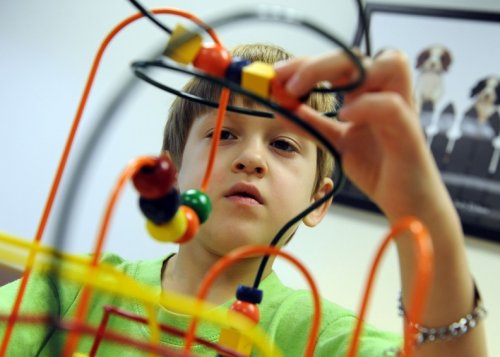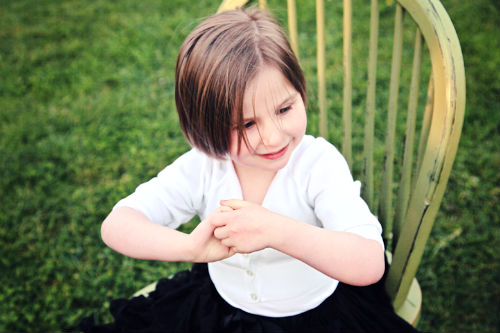Autism is classified as a neurodevelopmental disorder in which a child shows marked impairment in the social, communicative, and behavioral domains. The extent of this impairment is different for different types of autism. Historically, autism was often misidentified as childhood schizophrenia. But with the improvement in diagnostic techniques, knowledge about this complex disorder has progressed within the last decade.
Autism is a complex set of developmental disorders that affects children below the age of four and impairs brain function.

According to a 2008 study conducted by the Center For Disease Control (CDC), the prevalence of autism has increased from 1 in every 150 children to 1 in every 88 children since the year 2000. This study has also cited that boys are five times more likely to acquire autism than girls.
The Five Known Types Of Autism
Since each child exhibits a varying impairment in behavioral, social, and communicative interaction, diagnosis depends upon the specific set of characteristics displayed by a particular child. Currently there are five known types of autism.
-
Asperger’s Syndrome
This is the mildest type of autism, sometimes also called “high functioning autism”. Boys are three times more likely to be affected by Asperger’s than girls. Children diagnosed with Asperger’s often display peculiar behaviors. For example, some of them express an obsessive interest in a particular topic or object and discuss it in nonstop detail.
Socially, autistic children prefer to be around familiar people, such as their parents or siblings, and often display high levels of anxiety when they encounter strangers. Physically, they appear uncoordinated and awkward. As these children enter early adulthood, they have higher than normal chances of developing anxiety and depression.
-
Pervasive Developmental Disorder, Not Otherwise Specified (PDD-NOS)
Children who are diagnosed with PDD-NOS display symptoms that are worse than those of Asperger’s but better than those of Autistic Disorder. These children show a great variation in symptoms, some which are:
- Late age of onset of the condition
- Some form of social impairment, for example, they prefer solitary play
- Better linguistic abilities than those of children with Autistic Disorder
- Fewer repetitive behaviors
Since each child with PDD-NOS shows a unique set of characteristics, it is difficult to agree upon a specific set of diagnostic criteria.
-
Autistic Disorder
Children who meet the specific set of criteria defined for the diagnosis of autism are said to have Autistic Disorder. Children within this category demonstrate a severe impairment in social and communicative functioning, and show repetitive behaviors. Mental retardation and seizures are also quite common in children with Autistic Disorder.
-
Rett Syndrome
This is a severe form of Autistic Disorder and it exclusively affects girls. Medical science has learned that this syndrome is caused by a genetic mutation, which makes it non-heritable. When the child is around 6 to 18 months, a loss in linguistic ability becomes noticeable, along with the wringing of hands and socially unresponsive behavior Soon thereafter, coordination problems appear in the child and the symptoms worsen as the child grows older. Current treatment for Rett Syndrome focuses on speech and physical therapy.

Wringing of hands is a common symptom in one of the autism types called Rett syndrome. -
Childhood Disintegrative Disorder (CDD)
This is one of the severest forms of autism and its occurrence is rare. Boys are more likely to develop CDD than girls. During the course of normal development, approximately between the ages of 2 and 4, a sudden loss of linguistic, social, and intellectual abilities occurs in the affected child. A seizure disorder also accompanies CDD. Children with CDD become severely impaired and do not recover their lost functions.
Although there is no cure for autism at the moment, there are various methods to help autistic children handle the impairment better. Current treatment for all types of autism focuses on improving functions across social, behavioral, and communicational domains. If you suspect that your child has one of the types of autism mentioned above, seek professional help at the earliest.